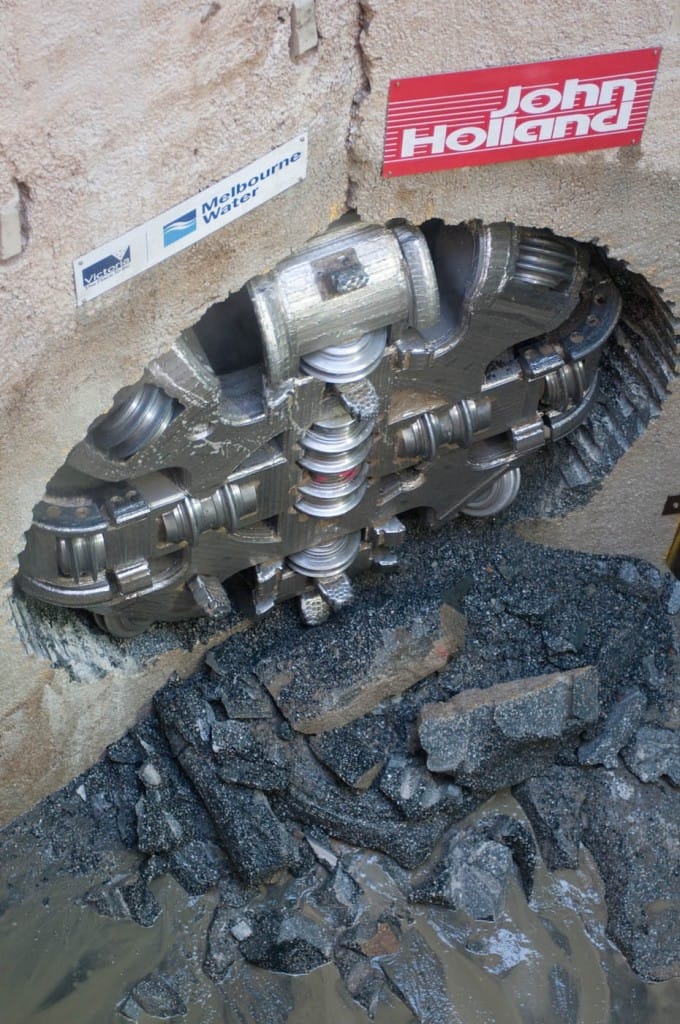Miles Review fails to acknowledge the vital role of public sector business

There was a collective sigh of relief amongst the Cooperative Research Centre (CRC) community with the news that the Miles Review did not support the National Commission of Audit’s recommendation to terminate the CRC Programme, with the report stating that “retaining the CRC programme as a stand-alone programme serves to put science at the centre of industry policy.”
The Miles Review report is titled Growth through Innovation and Collaboration, A Review of the Cooperative Research Centres Programme and it contains 18 recommendations – with the overall tone being a shift in focus towards greater commercial outcomes. In fact, Recommendation 2 specifically recommends a revision of programme objectives to put ‘industry’ front and centre. But there’s one thing missing – the definition of industry. And this detail is important. Without a clear definition, the tone of the report suggests that this shift in focus is directed exclusively towards the private sector.
The CRC Programme has a long and proven history of delivering industry impact. And it is unlikely anyone will disagree that a strengthening of industry participation will result in even higher productivity. But there must be recognition that public sector businesses (including government departments and agencies, and state owned enterprises such as water utilities) are an important part of this ‘industry’ and they are enterprises that directly influence economic development.
The collective urban water challenges faced by Australian cities and towns are a good example of the inter-connectedness of the public and private sectors in affecting the economic productivity and growth of our country. Our cities generate 80% of net national income and are also where most Australians work and live. A city’s amenity and liveability are important in attracting the best people globally. So, cities that are resilient to climate change and able to accommodate population growth will attract economic development. In this way, effective urban planning is critical to the economic performance of cities and water is one important component of this. Urban water management matters are mixed up in the contrasting issues of social equity and free market commoditisation of water. With so many implications, and so much potential for unintended consequences, many in the industry see this simply as one big wicked problem [1].
The CRC for Water Sensitive Cities exists to address these urban water challenges using integrated water cycle management. And close collaboration with participants is critical for success. These participants include public sector businesses that directly influence regional economic development and support the provision of community infrastructure (including water services, state and local government strategic planning and infrastructure policies) and community services. Their strategic interaction with the private sector facilitates sustainable economic growth.
The urban water services sector is an important economic actor in its own right, servicing over 20 million Australians with annual revenue of over $15 billion – while managing assets worth over $120 billion; and the efficiency and cost effectiveness of this sector is important in maintaining secure and efficiently priced water services to businesses and communities. Their participation in the CRCWSC is motivated by their corporate objective of delivering better value to stakeholders in an increasingly resource-limited environment – along with increasingly uncertain operation scenarios brought about by climate change, a growing population and community expectations.
We so often hear talk of wicked problems; but see so little done about seriously resolving them. The CRC Programme objective must, as it previously did, foster collaboration amongst the research organisations, the public sector businesses, the private sector and the community-at-large to tackle the grand challenges of Australia. On a global scale these are efforts that, often, cannot be accomplished without leadership and far-sighted programmes such as the CRC Programme. As the CEO of a CRC, one could see my vested interest in this, but the size of the ‘industry’ affected by many of the CRCs that provide public benefit cannot simply be ignored when considering the economy of our country.
[1] A useful explanation and discussion of wicked problems is at: https://www.wickedproblems.com/1_wicked_problems.php
